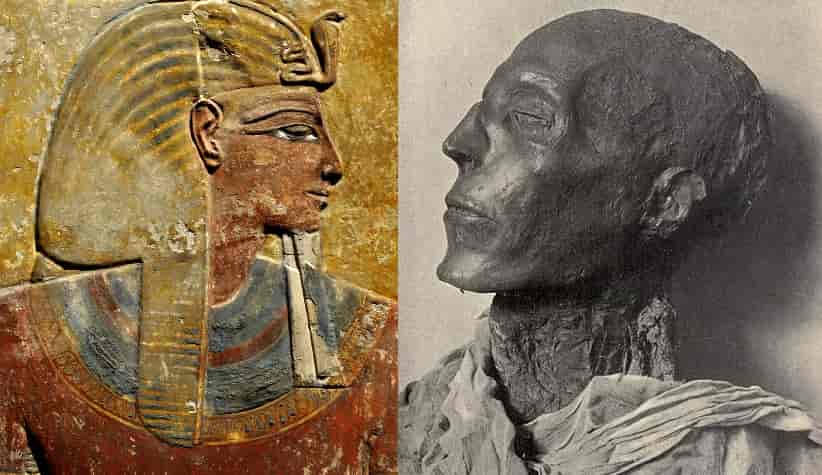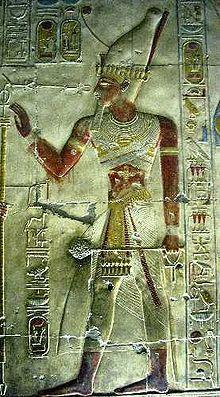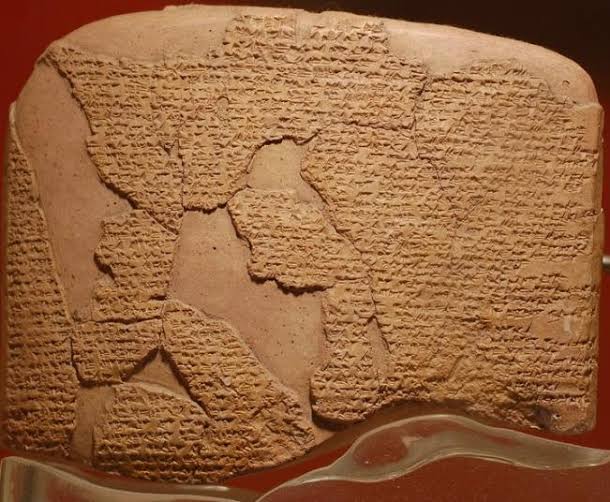Reviving the Sleeping King: The visage of Seti.

Egyptologists were delightedly captivated by the superb preservation of Seti I’s chief funerary mask, also known as Sety I of the XIX Dynasty of the New Kingdom, owing to its excellent protection.
Meṃmaatre Seti I, a pharaoh of the XIX Dynasty of the New Kingdom in Egypt, was the son of Ramses I, and his mother, Sitre (daughter of Re), held the esteemed position of a great royal wife. Seti I was the father of Ramses II.

Pharaoh Seti I reigned in 1323 B.C. and ruled Egypt from 1290 to 1279 B.C. During his governance, Egypt thrived in a peak of prosperity. The name Seti means “set,” indicating his devotion to the god Set, also known as “Seth.”
Seti I was the father of one of Egypt’s renowned pharaohs, Pharaoh Ramses II. Seti I’s father, Ramses I, ruled for only two years.
The tomb of Pharaoh Seti I was discovered in the “Valley of the Kings,” designated as KV17 by the investigator Giovanni Battista on October 16, 1817, and it is the longest tomb at 137 meters.
Sooner or later, Seti I’s mummy was found in the popular cache DB320. Seti I’s body had already been removed from his tomb and placed in a secret location to safeguard his remains.

Seti I’s body was later buried alongside many other popular rulers of Egypt (Kemet). The pharaoh’s mummy was carefully arranged and covered with a yellow shroud.
However, tomb raiders damaged the wrappings and destroyed his abdomen. Worse yet, Seti’s head was severed from the rest of his body. Fortunately, his face survived intact. Today, the remains of Seti I can be found in the Cairo Museum, along with several other royal mummies.
Seti led his army to the north in the early years of his reign to reclaim Egyptian prominence, which had been partly lost during the turbulent late XVIII Dynasty of Akhenaton. He fought in the region of Palestine and Syria, clashing with the Hittite king Muwatalli, at least during one battle, and later signed a peace agreement that would establish the boundary between the Mountains of Lebanon and the Anti-Lebanon, in Kadesh (Syria) along the Orontes River.

Another significant work is his Commemorative Temple in Abydos, attributed to Osiris and six other individuals, all of whom are still present in their original color. Seti’s tomb is the finest in the Valley of the Kings, in the west of Thebes.
Although his son Ramses II becomes more popular, many historians believe that Seti is the greatest ruler of the XIX Dynasty.
Video :





